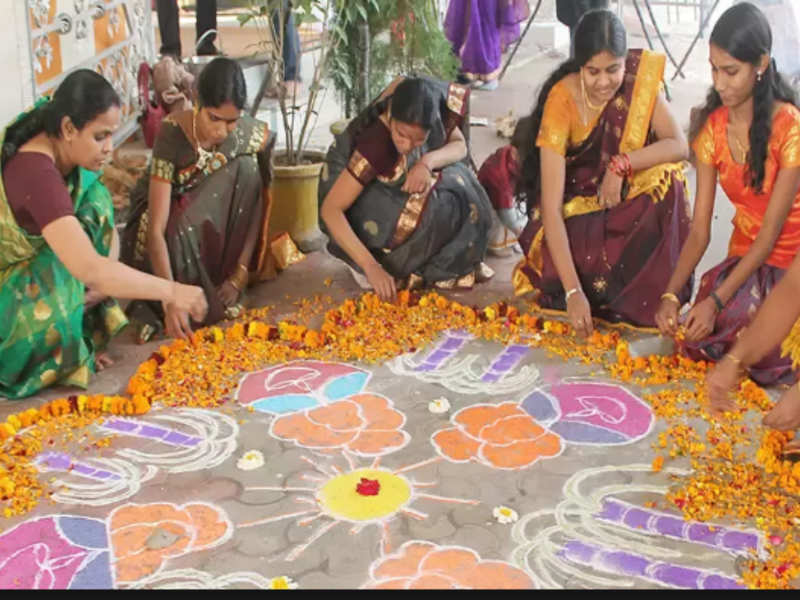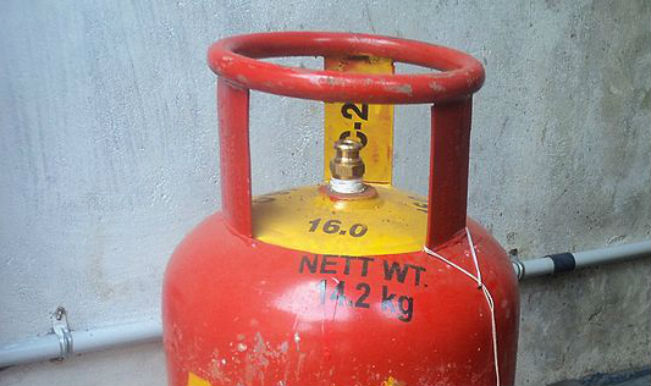Legends of Pongal Festival
Two most popular legends behind Pongal festival are stories related to Lord Shiva and Lord Indra.
1. Legend One
Once upon a time, Lord Shiva told his bull, Nandi, to go to the earth and tell earth inhabitants to have an oil massage and bath every day and to eat once a month. Unwittingly, Nandi announced opposite to what Lord Shiva told him to tell. He said that everyone should eat daily and have an oil bath once a month. This mistake enraged Shiva who then cursed Nandi. Nandi was banished from Kailash part to live on the earth forever to plough the fields and help people produce more food. Thus, Pongal is associated with cattle.
2. Legend Two
Lord Krishna decided to teach a lesson to arrogant Lord Indra. Lord Krishna instructed all the cowherds to stop worshiping Lord Indra. This enraged Lord Indra and sent forth his clouds for 3 days continuous rains. Lord Krishna lifted Mountain Govardhan on his finger to save all the humans. Later, Lord Indra realized his mistake and divine power of Krishna.
How is Pongal Celebrated?
Pongal is not a one day festival and lasts for four days times. Each day has different way of celebration.
1. The Bhogi festival-The first day of Pongal
The first day of Pongal celebration is known as The Bhogi festival, a day dedicated to worshipping Lord Indra, the lord of rain, the day is also known as Indrian. This day marks the beginning of the new calendar of south India.
This day is to celebrate to bring newness to life, disposing of every clutter of life, in the form of feelings or commodities. Old and unused things are burnt in a bonfire made from wood, cow dung as fuel, replacing them with new things (Bhogi Mantalu). It is a time that marks the end of winter and the beginning of spring (Vasant).
People make their houses, premises, ships and offices spic and span, decorate them with Kolam, a form of drawing that is drawn by using newly harvested rice flour, chalk, chalk powder or rock powder or naturally or synthetically coloured powders.
In India, we believe in everything, to begin with, the name of God. People harvest paddy crops on this day, but before this, a special puja is performed. A whole plate of traditional foods are offered to the God, most of it is made out of rice or jaggery. Farmers worship the sun and the earth by anointing their ploughs and sickles with sandalwood paste. It is with these consecrated tools that the newly-harvested rice is cut. In Andhra Pradesh, this day is celebrated by girls burning their old clothes and wearing the new ones after an oil massage and bath.
2. Thai/ Surya Pongal/ Perum – The second day
Thai refers to the name of the tenth month in the Tamil calendar. The second day of Pongal is dedicated to worshipping Sun god, the ultimate energy house of the whole universe. The festival is marked by boiling the newly harvested rice – consecrated to the Sun – the Surya Maangalyam.
Cooking is done in sunlight, usually in a porch or courtyard, as the dish is dedicated to the Sun god. Milk and rice are boiled together in an earthen pot and offered to the Sun by tying a turmeric plant to it. After that, the boiled rice is offered to cow and then to all the members of the family. The Surya Kolam is drawn with the face of Lord Surya
Khichdi is cooked in pot, Pongal Palai. Cashew, raisins, salt, black pepper etc., are mixed in it. Jhichdi is made sweet or savoury. This Khichdi is called Wen Pongal or Shwet Pongal. Somewhere instead of salt, jaggery is mixed in it and is known by the name of Sharkara Pongal.
3. Mattu Pongal – The third day
Cow and bull have been graced with a special place in Hindu dharma. Their contribution is often imperceptible, Mattu Pongal is the day dedicated to raising cattle, who help a farmer to get a good harvest and nourishing milk. Prayers are offered to the bulls, cows and other farm animals. This day, cattle are given rest. Cattles are ornamented with garlands of fruits and flowers, bells, and sheaves of corn and are then worshipped and are freed to gaze around happily.
4. Kaanum Pongal – The fourth day
This is the last day of Pongal! On this day, women of the household perform a special kind of ritual. According to this ritual, a leftover of the Pongal, betel leaves, turmeric leaves, and two pieces of sugar cane are placed on the leaf. Rice balls are made to feed birds. Women perform Arati for their brothers with limestone, turmeric oil and rice.





